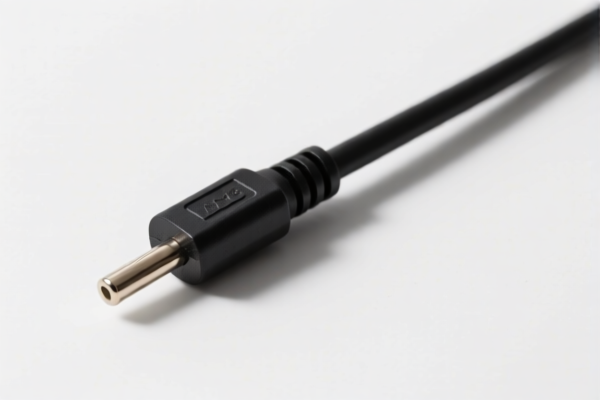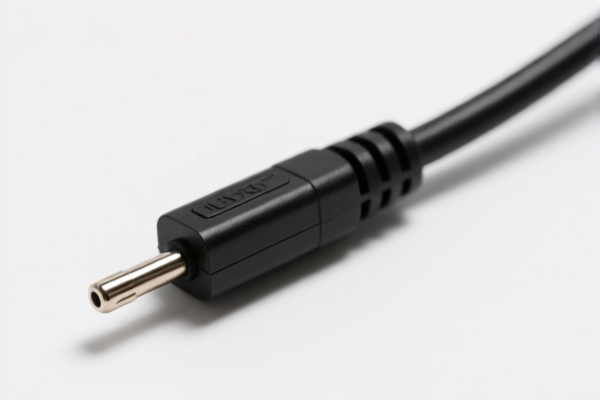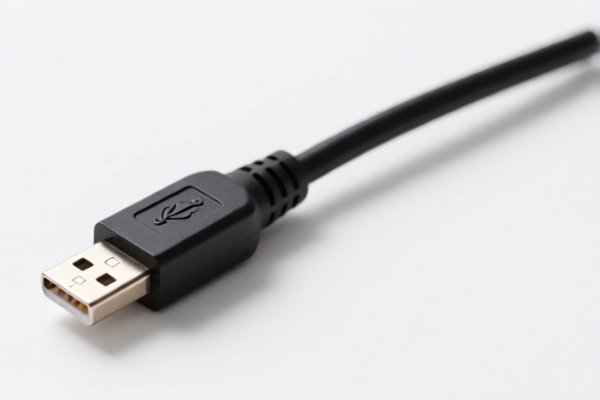| HS Code | Official Doc | Tariff Rate | Origin | Destination | Effective Date |
|---|---|---|---|---|---|
| 8544493040 | Doc | 60.3% | CN | US | 2025-05-12 |
| 8544493080 | Doc | 60.3% | CN | US | 2025-05-12 |
| 4822100000 | Doc | 55.0% | CN | US | 2025-05-12 |
| 4822900000 | Doc | 55.0% | CN | US | 2025-05-12 |




Trailer Cable
Trailer cable is a specialized type of electrical cable designed to provide power, lighting, and signaling functions between a towing vehicle and a trailer. It is commonly used for recreational vehicles (RVs), utility trailers, boat trailers, and other towed equipment.
Material
Typically constructed with multiple conductors encased in a durable outer jacket. Common materials include:
- Conductors: Copper or copper-clad aluminum wire, chosen for conductivity and flexibility. Gauge (thickness) varies based on the required current capacity.
- Insulation: PVC (Polyvinyl Chloride) is the most prevalent insulation material due to its resistance to moisture, abrasion, and chemicals.
- Jacket: Outer jackets are commonly made of PVC, thermoplastic elastomer (TPE), or polyurethane (PUR) for weather resistance, flexibility, and protection against physical damage. Some cables feature a heavier-duty jacket with UV resistance for prolonged outdoor exposure.
- Connectors: Typically molded plastic with metal pins, designed for secure and weatherproof connections. Common connector types include 4-way flat, 5-way flat, 6-way round, and 7-way round.
Purpose
The primary purpose is to establish a reliable electrical connection between the towing vehicle and the trailer, enabling the following functions:
- Lighting: Powering the trailer's running lights, brake lights, and turn signals.
- Charging: Maintaining the trailer battery while towing.
- Brake Control: Sending signals from the vehicle’s brake controller to the trailer’s brakes.
- Auxiliary Functions: Powering other trailer systems such as interior lights, air conditioning, or refrigerators.
Function
Trailer cables function by transmitting electrical signals and power through multiple conductors. The number of conductors determines the range of functions supported. The cable must provide adequate current capacity to prevent overheating and ensure safe operation of all connected devices. Weatherproof connectors are crucial for maintaining a reliable connection in various environmental conditions.
Usage Scenarios
- Recreational Vehicles (RVs): Connecting RVs to towing vehicles for power, lights, and charging.
- Utility Trailers: Powering lights, winches, or other equipment on utility trailers.
- Boat Trailers: Connecting boat trailers for lights, charging, and auxiliary functions.
- Horse Trailers: Providing power for lights, fans, and other features in horse trailers.
- Dump Trailers: Supplying power for lights and hydraulic systems.
Common Types
- 4-Way Flat: The most basic type, providing connections for ground, running lights, brake lights, and turn signals. Commonly used for lightweight trailers.
- 5-Way Flat: Adds a reverse light connection to the 4-way flat configuration.
- 6-Way Round: Provides connections for ground, running lights, brake lights, turn signals, battery charging, and a secondary auxiliary function.
- 7-Way Round (RV Style): The most common type for RVs and larger trailers, providing connections for all functions of a 6-way round cable plus a dedicated 12V auxiliary power connection and a brake controller connection.
- 6-Way & 7-Way Multi-Pin: Combine multiple functions into a single, compact connector. These are often used when space is limited or for specialized applications.
- Duplex Cable: Features two separate 4-way flat connectors, often used for trailers requiring independent lighting and charging circuits.
Trailer cable typically refers to insulated electric conductors used for power and signal transmission, often fitted with connectors. Based on this understanding, the following HS codes are relevant:
- 8544493040: This HS code covers insulated wire, cable (including coaxial cable), and other insulated electric conductors, whether or not fitted with connectors. Specifically, it applies to “Other electric conductors, for a voltage not exceeding
1,000 V : Other: Of copper For a voltage exceeding600 V ”. The basic tariff is 5.3%, with an additional tariff of 25.0%, increasing to 30% after April 2, 2025, resulting in a total tariff of 60.3%. - 8544493080: This HS code also covers insulated wire, cable (including coaxial cable), and other insulated electric conductors, whether or not fitted with connectors. However, it applies to “Other electric conductors, for a voltage not exceeding
1,000 V : Other: Other: Of copper Other”. The basic tariff is 5.3%, with an additional tariff of 25.0%, increasing to 30% after April 2, 2025, resulting in a total tariff of 60.3%.
Important Considerations:
The distinction between 8544493040 and 8544493080 hinges on the voltage rating and specific characteristics of the copper conductor. It is crucial to determine whether the trailer cable is designed for voltages exceeding 600V to select the correct HS code. Both codes are subject to additional tariffs, which will increase to 30% after April 2, 2025.
Customer Reviews
No reviews yet.